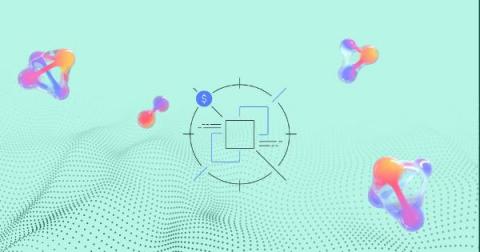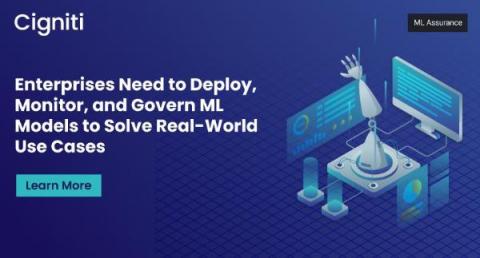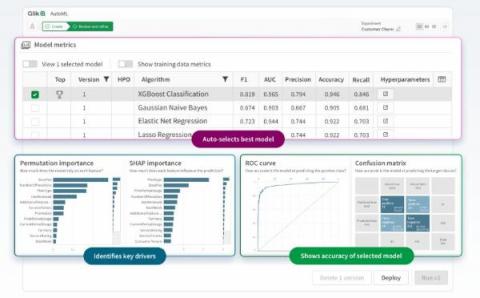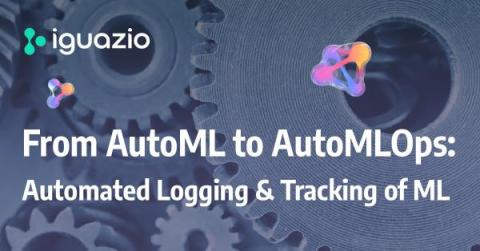Systems | Development | Analytics | API | Testing
Machine Learning
Iguazio Product Update: Optimize Your ML Workload Costs with AWS EC2 Spot Instances
Iguazio users can now run their ML workloads on AWS EC2 Spot instances. When running ML functions, you might want to control whether to run on Spot nodes or On-Demand compute instances. When deploying Iguazio MLOps platform on AWS, running a job (e.g. model training) or deploying a serving function users are now able to choose to deploy it on AWS EC2 Spot compute instances.
Enterprises Need to Deploy, Monitor, and Govern ML Models to Solve Real-World Use Cases
Enterprises Need to Deploy, Monitor, and Govern ML Models to Solve Real-World Use Cases
Machine Learning (ML) and Artificial intelligence (AI) are at the center of the hyper-competitive era in which change occurs with new technologies in the span of a single blink of an eye. Modern innovations like AI, predictive analytics, ML, and other digital disruptors are changing how businesses operate and how customers interact with brands in every sector of the economy. Moments of existential transition are becoming common for organizations.
Building Custom Runtimes with Editors in Cloudera Machine Learning
Cloudera Machine Learning (CML) is a cloud-native and hybrid-friendly machine learning platform. It unifies self-service data science and data engineering in a single, portable service as part of an enterprise data cloud for multi-function analytics on data anywhere. CML empowers organizations to build and deploy machine learning and AI capabilities for business at scale, efficiently and securely, anywhere they want.
Qlik AutoML - The Power of Machine Learning for Analytics Teams
Machine learning is used across industries and user communities for a wide variety of predictive analytics needs – use cases ranging from sales forecasting to churn reduction, customer lifetime value, inventory optimization, capital allocation and more.
From AutoML to AutoMLOps: Automated Logging & Tracking of ML
AutoML with experiment tracking enables logging and tracking results and parameters, to optimize machine learning processes. But current AutoML platforms only train models based on provided data. They lack solutions that automate the entire ML pipeline, leaving data scientists and data engineers to deal with manual operationalization efforts. In this post, we provide an open source solution for AutoMLOps, which automates engineering tasks so that your code is automatically ready for production.
YOLOv5 Now Integrates Seamlessly with ClearML
The popular object detection model and framework made by ultralytics now has ClearML built-in. It’s now easier than ever to train a YOLOv5 model and have the ClearML experiment manager track it automatically. But that’s not all, you can easily specifiy a ClearML dataset version ID as the data input and it will automatically be used to train your model on. Follow us along in this blogpost, where we talk about the possibilities and guide you through the process of implementing them.











